Fixer-upper guide: How to renovate an old house
Transforming a derelict house into a dream home can be a rewarding and potentially profitable experience, plus you never know what you might unearth along the way. Here's how to ensure the road to renovation runs smoothly...
Why buy a fixer-upper?
If you're struggling to find the perfect property, an old house that's a little worse for wear could offer an ideal blank canvas to put your own stamp on.
While taking on a fixer-upper is no small task, breathing new life into a rundown residence can be an especially rewarding experience that offers plenty in return, whether you're yearning for a unique family home or a healthy return on your investment. Beneath the faded fabric, you might even uncover a few hidden gems, from period architecture to a treasure trove of original features just waiting to be revived.
When it comes to your pocket, older properties that are in need of a facelift can often come with smaller price tags. Prospective buyers can be put off by old fixtures and time-worn interiors, so if you're not afraid of a little elbow grease, you could bag yourself a bargain.
 Investment duo Hugo and Elnaz transformed a rundown wreck into a £4.5 million ($5.6m) townhouse. Image: Elnaz Namaki / HvB Development
Investment duo Hugo and Elnaz transformed a rundown wreck into a £4.5 million ($5.6m) townhouse. Image: Elnaz Namaki / HvB Development
For budding developers, a fixer-upper can present the perfect opportunity to create a sizeable profit by renovating a dated home and selling it on to reap the rewards. If this is the case, your budget is likely to be smaller than a homeowner who's working towards their dream family home.
Regardless of your end goal, a successful renovation project requires thorough planning, research and a good dose of creative thinking. Think you're up to the challenge?
Get inspired by these renovation success stories:
- Fixer-upper flat gets an inspiring head-to-toe renovation
- This shack is now a $400,000 family home
- Joanna Gaines worked her magic on this once derelict Craftsman home
How to find a fixer-upper for sale
There are a number of ways you can track down the perfect renovation property. Most obviously, you can take a look at the listings held by your local estate agent or realtor, as well as searching online sites like Rightmove or Zillow. Repossessed houses or residences in a state of disrepair may only be advertised with exterior shots, so it's always worth going to see a property in person to get an idea of the scale of the work required.
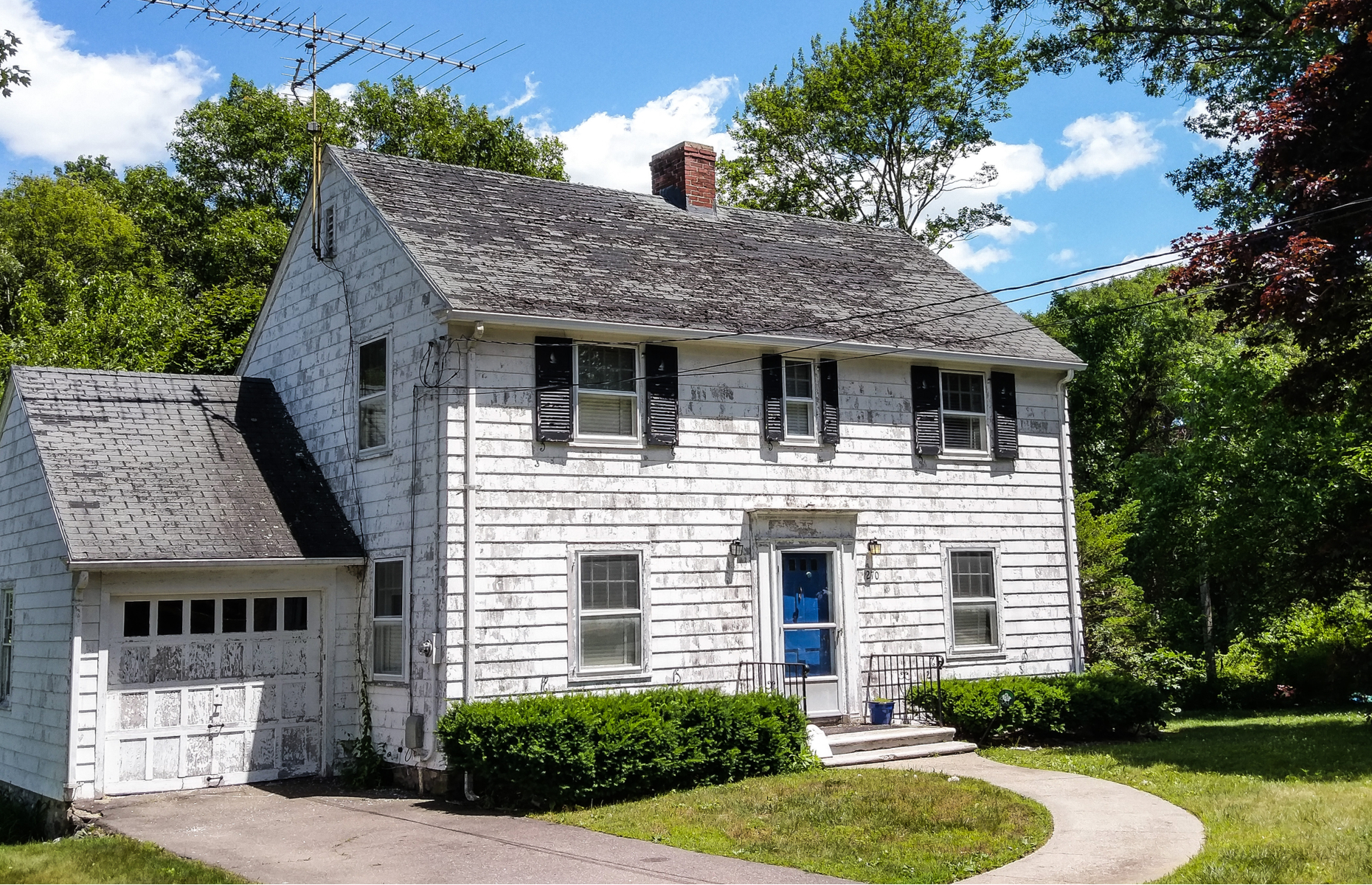 A rundown home with good bones could be the perfect investment opportunity. Image: K.M.Williamson / Shutterstock
A rundown home with good bones could be the perfect investment opportunity. Image: K.M.Williamson / Shutterstock
Property auctions can be a great way to snap up an older house for less. Check out the websites of your local auction house to find properties going under the hammer in your area or scour country-wide sites like auctionhouse.co.uk or auction.com in the United States. The US treasury also organises property auctions for repossessed real estate.
Whether you bid online or in person, it's important to set a limit and stick to it if you want to bag a good deal. Keep in mind that there's usually an additional fee called a buyer's premium that's payable on top of the hammer price.
Additionally, there's a whole host of more specialist websites out there that can help you find your ideal fixer-upper. PlotSearch and Property With Potential offer great round-ups of listings in the UK that are ripe for renovation, while US sites like CIRCA and Historic Properties can yield plenty of results for heritage homes in need of work too.
Case study: Page Mansion
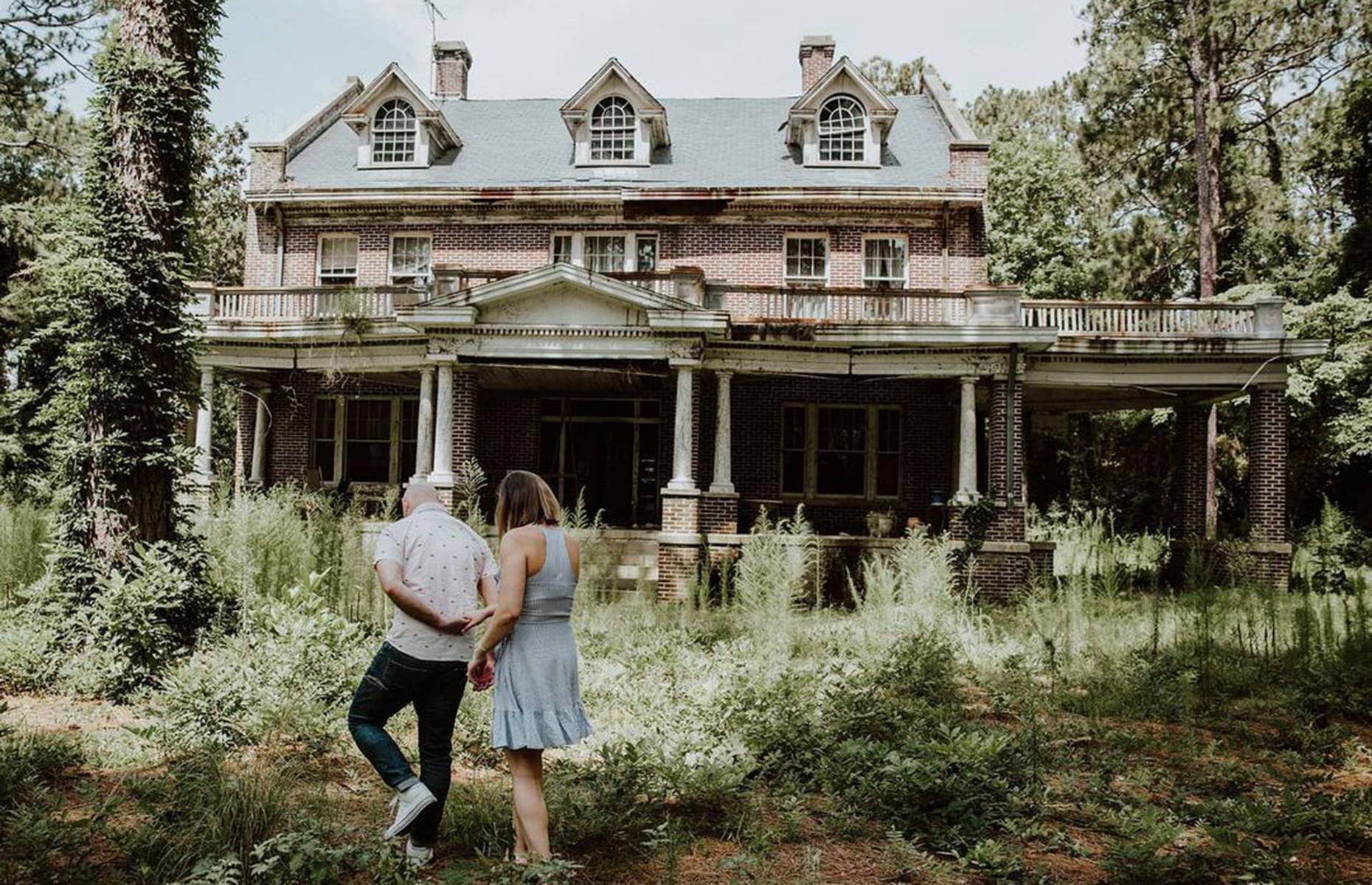 Abby and Trey Cousins took a chance on this incredible abandoned mansion. Image: 704 Photography
Abby and Trey Cousins took a chance on this incredible abandoned mansion. Image: 704 Photography
Like many house-hunters, Abby and Trey Cousins found their remarkable 20th-century home on Zillow. A real project, the property was in a poor state of repair, but the couple fell in love with its historic architecture and storied past. Known as the Page Mansion, everything from the exterior brickwork and crumbling porch to the damp-infested dining room and rubble-filled bedrooms needed a complete overhaul.
After three years of hard work, the dilapidated building is now a beautiful family home once more. Abby and Trey preserved the home's original spirit and period details, while successfully updating the structure for modern living. All those hours scrolling through property listings certainly paid off!
You can read the full story of the Page Mansion and its incredible renovation here.
Assessing an old house
Before you sign on the dotted line, you should always look around a prospective property with a surveyor who can identify any issues to be aware of. These can include potentially costly problems such as subsidence, structural issues and hazardous materials like asbestos, as well as encroaching damp and mould. The surveyor will produce a report detailing these problems and highlight any major repairs and alterations you'll need to carry out.
When access is restricted to a house because it's unsafe, it's still worth inspecting the exterior to get an idea of the remedial costs involved. However, you should be prepared for hidden issues inside the property to wrack up significant costs – don't take a gamble on an unseen house unless you have the budget to cover the worst-case scenario.
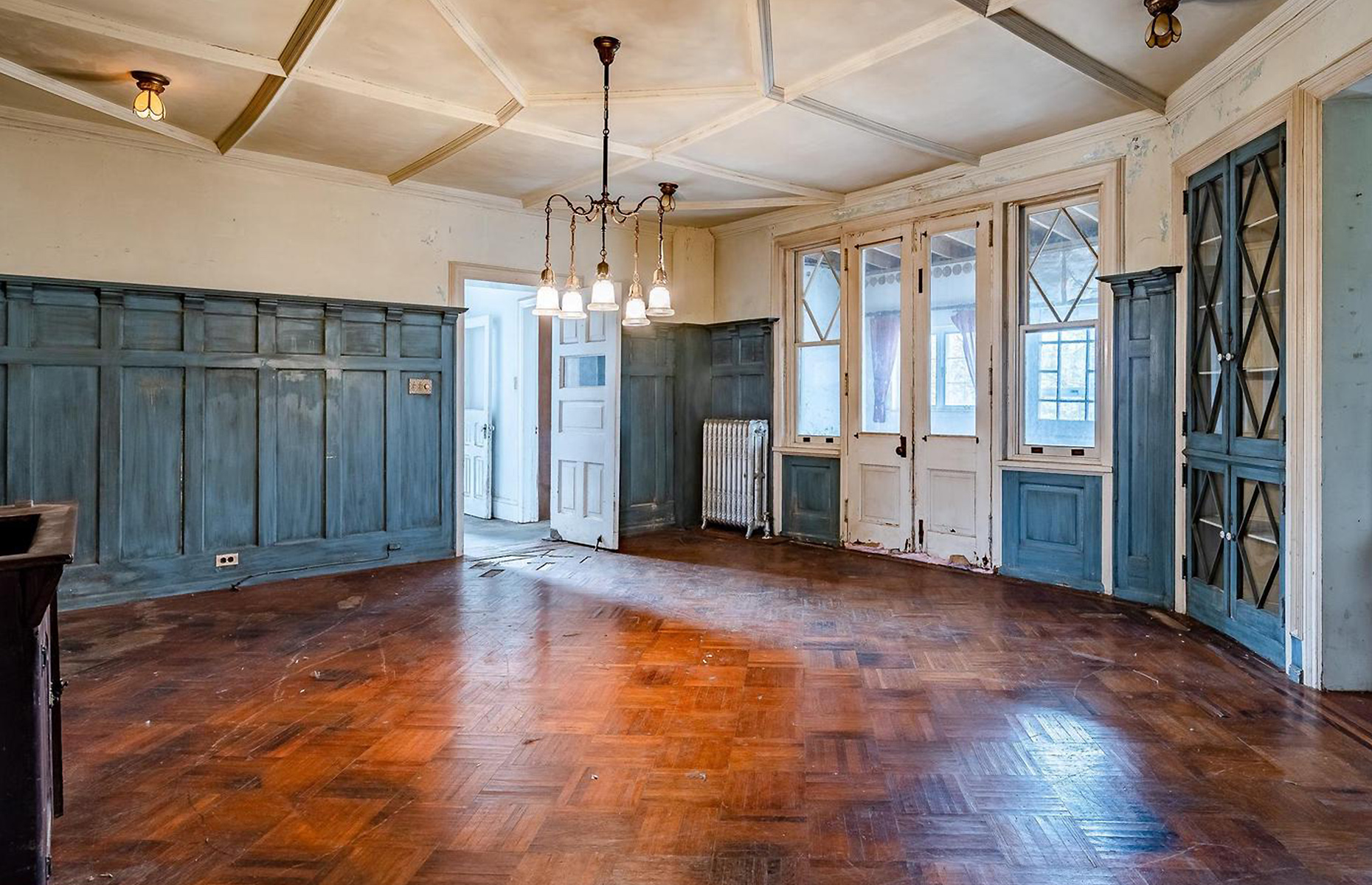 You should always enlist a professional to cast their eye over a property before you commit to buying it. Image: Berkshire Hathaway
You should always enlist a professional to cast their eye over a property before you commit to buying it. Image: Berkshire Hathaway
That being said, an extreme fixer-upper in need of attention needn't be crossed off your list altogether. It's important to carefully weigh up the pros and cons and make an informed decision. Find out the ceiling value for similar homes on the same street – both Rightmove and Zillow provide averages by neighbourhood.
To avoid making a loss, the combined sum of the house price and the works required should be below this figure. For example, the cost of a simple interior overhaul should be relatively low, while repairs to large features like the roof or foundations could run up significant bills.
You should also check the home's connections, for example, does it have gas, water, electricity and sewage, or will you have to pay to put these in place? Old and long-abandoned properties may not have these services, and where they do, they might not meet modern standards, which could lead to a costly refit.
How to spot – and solve – the most common property pitfalls:
- 10 hidden problems you’ll face fixing up an old house
- 5 subsidence warning signs every homeowner should know
- How to get rid of damp and mould
How to finance a home renovation
The cost of a home renovation depends on an array of factors, from the scale of the project to the location and the amount of work you're undertaking yourself. For perspective, a single-storey extension can cost between £40,000 ($48k) - £67,000 ($80k) according to Household Quotes, while removing internal load-bearing walls can cost around £1,200 ($1.4k) - £2,500 ($3k).
The motivation behind your renovation will affect your budget too; if you're creating a long-term family home, you're likely to spend more on the finish, but if you're revamping a house to sell on for a profit, you'll probably be working to a tighter budget.
Top tips on renovating a house for profit:
Whichever route you go down, there are a number of ways you can cover the cost. If you don't have a cash lump sum to fund your project but own another property, you can look into remortgaging. Alternatively, if your fixer-upper isn't in need of structural repair and is otherwise habitable, you may be able to take out a standard mortgage on the property.
Other options include bridging loans, which can offer fast short-term financing, and renovation mortgages, where funds are released in stages when benchmarks in the building works are met – these can often cover uninhabitable properties too. You can compare renovation mortgages in the UK via BuildStore, or home improvement loans in the US through Investopedia.
Careful budgeting can make or break a project, so you should add round a 15% contingency to your budget to account for any delays or unforeseen problems – don't forget additional fees relating to planning permission and building inspections too. It's also important to get appropriate insurance in place before you embark on your project as your normal policy may not cover major structural work.
Home renovation projects: structural changes
There's a whole range of ways you can transform the layout of an old home, from extending upwards and outwards, to removing internal walls and converting redundant spaces like lofts and basements.
If your property occupies a small plot and you're working to a tight budget, you might choose to convert an existing garage into an extra living space. On the other hand, if you have a large garden, you could opt for a two-storey extension, though you should consider how your new addition will sit with the original fabric of the building.
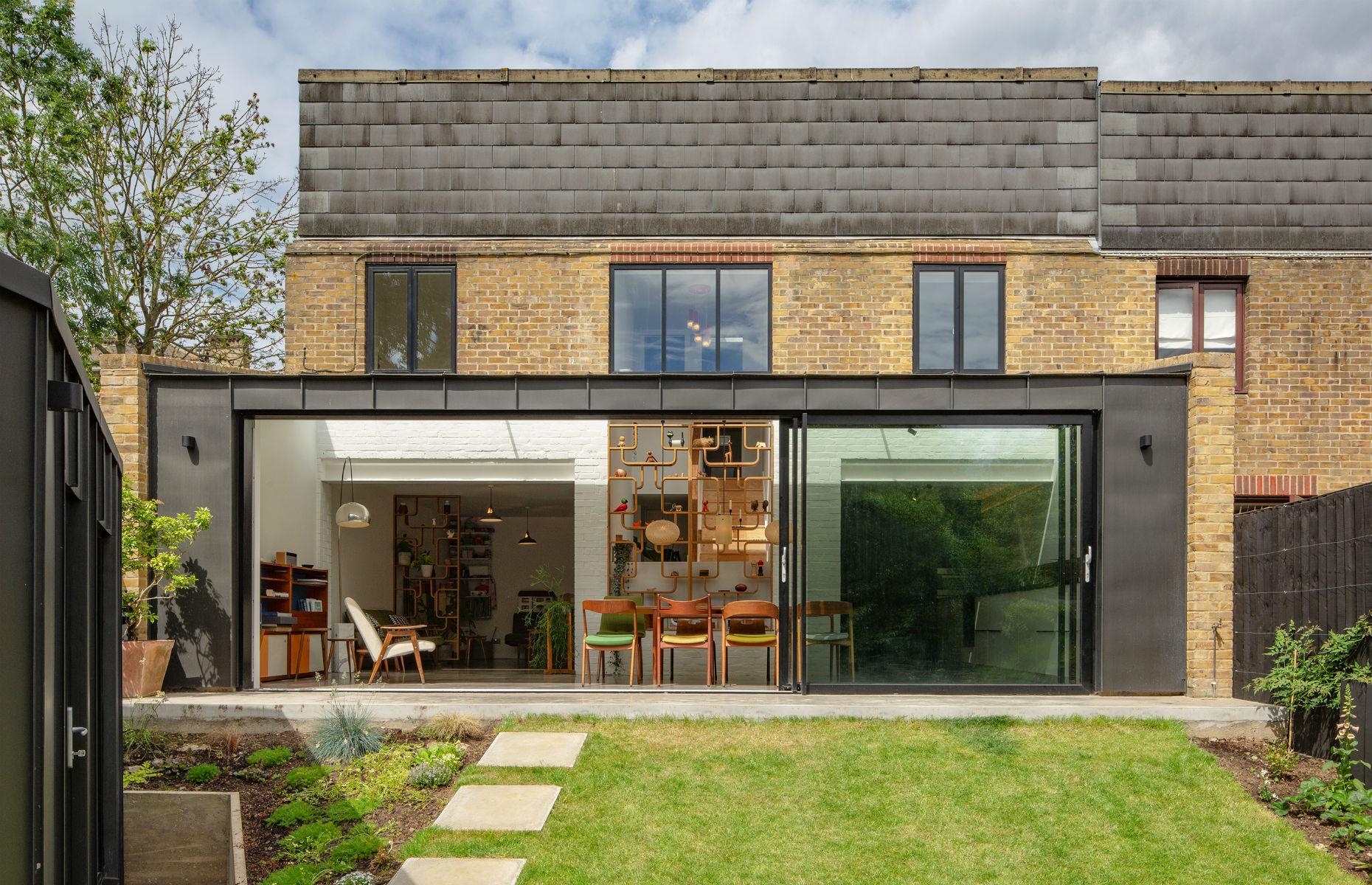 This sensitive extension project was shortlisted for the Don't Move, Improve! awards in 2019. Image: O Manzi / Ulla Gala Architects
This sensitive extension project was shortlisted for the Don't Move, Improve! awards in 2019. Image: O Manzi / Ulla Gala Architects
Whatever renovation route you choose, you'll need to check whether your project requires planning permission or a building permit. In the UK, some types of extension and renovation are classed as permitted development and therefore don't require planning permission. However, in the US, any project that involves additions or structural changes to your home or its mechanical systems will need a building permit.
Other factors, such as conservation areas and buildings with protected status, may also affect whether your project requires official approval, so you should always check with your local planning authority.
When the project gets underway, it's a good idea to share a schedule of works with your contractors to help avoid miscommunications and costly delays. If you're planning a large overhaul, you may find it easier to enlist the help of a professional project manager or entrust the job of overseeing the works to your main contractor.
After completion, you'll need to get a building inspector to sign off on any structural work, as well as any plumbing, heating, electrical and mechanical alterations.
Kick-start your revamp project with our handy guides:
- 6 ways to turn an old house into a new home
- Planning permission: how to make a successful application
- Permitted development: 10 projects you can do without planning permission
How to restore period features
When you start to plan your project, it's important to be aware of the distinction between renovation and restoration. A home renovation doesn't have to involve restoration work – the act of returning period features to their original condition – but the two processes often go hand in hand.
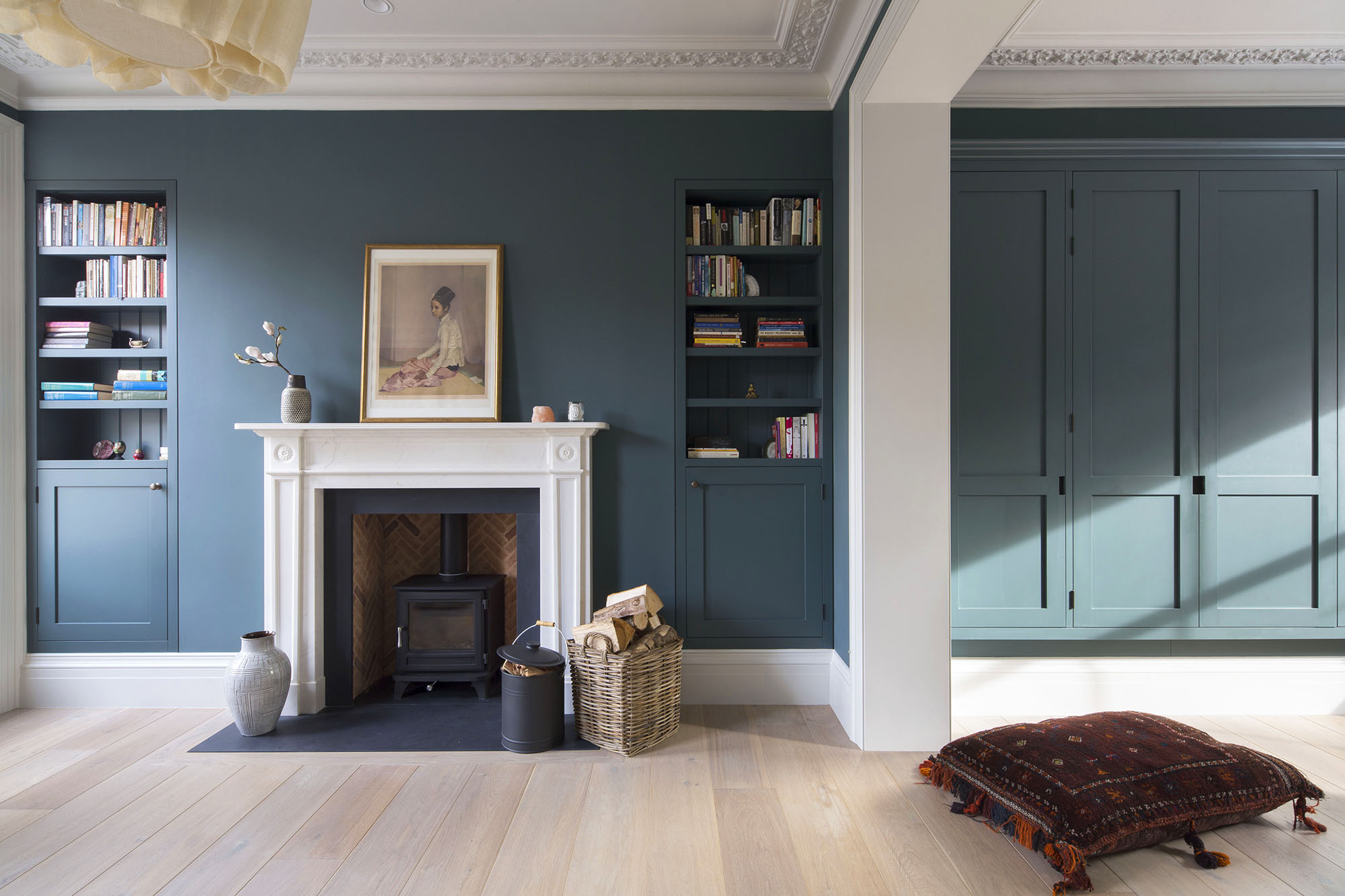 Old meets new in this stunning scheme, featuring restored plasterwork and a charming herringbone brick hearth. Image: Cousins and Cousins
Old meets new in this stunning scheme, featuring restored plasterwork and a charming herringbone brick hearth. Image: Cousins and Cousins
Historic features speak to a property's past, and unless they're in an unrescuable condition, restoring them and integrating them into your new home is usually the most respectful course of action. Set within a modern scheme, they can make spectacular focal points and add plenty of personality to a room.
In older houses, features such as ceiling roses, mouldings, beams and original windows may be immediately apparent, however, other heritage gems may not be so obvious unless you know where to look. Intricate tiling and handsome floorboards are often obscured by old-fashioned carpet or lino, wood panelling may be hiding behind plasterboard, while exquisite original fireplaces could be tucked behind modern surrounds, just waiting to be uncovered. Who knows what you'll uncover...
Case study: Rockwell House
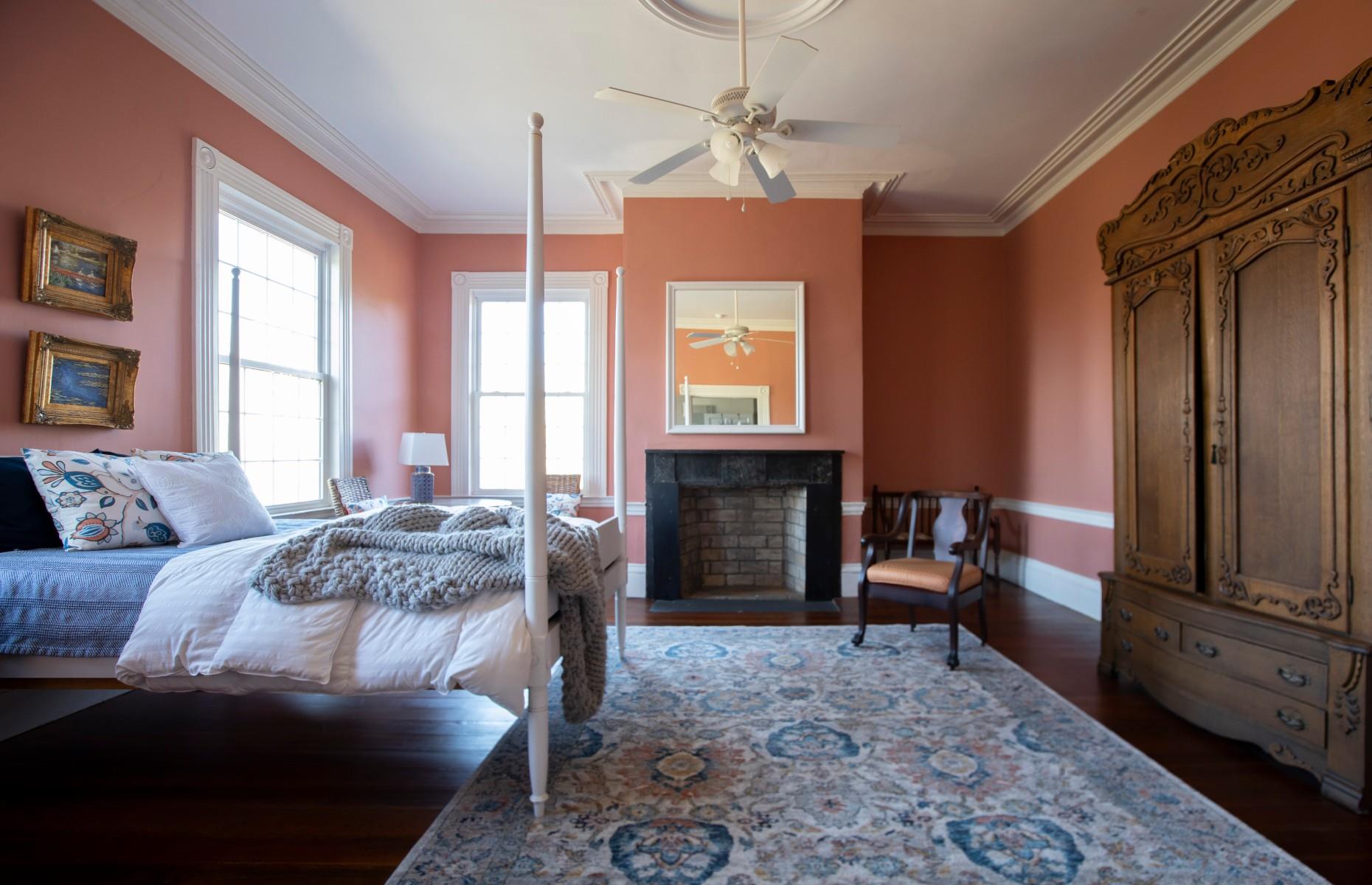 Three plucky local investors brought this historic home back from the brink. Image: Leland Kent
Three plucky local investors brought this historic home back from the brink. Image: Leland Kent
Preserving the past was at the forefront of the minds of historic house enthusiasts Ross Sheppard, Jacob Hawkins and Will Walker when they began their meticulous restoration of the dilapidated Rockwell House. Built back in 1838, the sprawling mansion was a crumbling shadow of its former self, but its new owners were determined to bring the forlorn structure back to life.
Focused on saving the home's treasure trove of exquisite period features, they undertook an ambitious renovation project and rescued the local landmark for future generations to enjoy. In the Pink Suite (pictured), the original ceiling rose and cornicing were revived, while the sash windows were restored to their former splendour. Tidied up but preserved in much the same state as when the mansion was built, the hearth is the room's pièce de résistance. Now that's how you respectfully renovate a historic gem!
You can read the full story of Rockwell House and its restoration here.
More on reviving heritage details:
Browse the fixer-upper A-Z:
- Amazing extensions: 37 'don't move, improve' projects
- A stunning Victorian fixer-upper renovation: before and after
- Beautiful basements that are filled with light
- Beautiful ideas for kitchen extensions
- Dream castle homes and real château renovations
- Fixer Upper's best-ever renovations
- Fixer-upper flat gets an inspiring head-to-toe renovation
- From atriums to mezzanines: 7 ways to design your interior floorplan
- From derelict fortress to stunning home: the ultimate castle renovation
- From drab to dream: home transformations you won't believe
- How to find a repossessed property bargain
- How to fix cracks and holes in walls
- How to get rid of damp and mould
- How to restore period features in an old house
- Inspired ideas for attic bedrooms
- Joanna Gaines worked her magic on this once derelict Craftsman home
- Permitted development: 10 projects you can do without planning permission
- Planning permission: how to make a successful application
- Property development masterclass: from rundown wreck to £4.5m townhouse
- Real bathroom makeovers: before and after
- Renovating a house on a budget: 12 inspiring real projects
- Renovating the derelict Page Mansion: before and after
- Rockwell house: renovating an abandoned mansion
- These incredible American home renovations need to be seen to be believed
- This abandoned mid-century house was rescued from ruin
- This shack is now a $400,000 family home
- 5 subsidence warning signs every homeowner should know
- 6 common plumbing problems and how to fix them
- 6 things you should know before you convert your basement
- 6 ways to turn an old house into a new home
- 10 hidden problems you’ll face fixing up an old house
- 10 historic gems uncovered in old houses
- 10 questions you should always ask your architect before starting a project
- 26 garage renovation mistakes people often make
- 36 home renovation mistakes you should avoid
- 45 mistakes to avoid when designing a bathroom
- 50 mistakes people make when designing a kitchen
- 54 garage conversion ideas to add more living space to your home
Comments
Be the first to comment
Do you want to comment on this article? You need to be signed in for this feature
